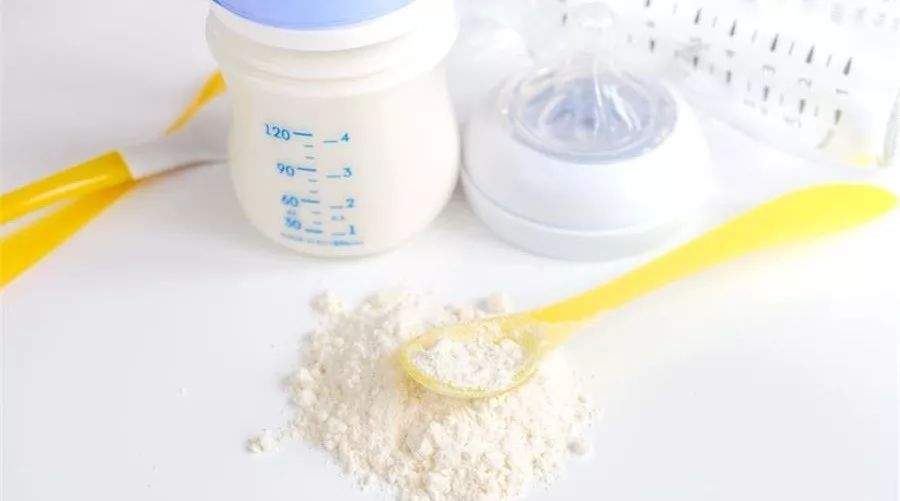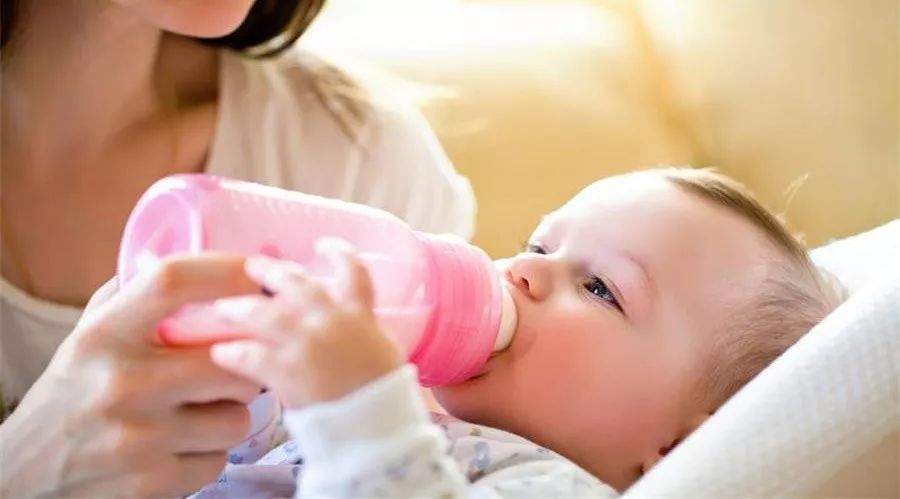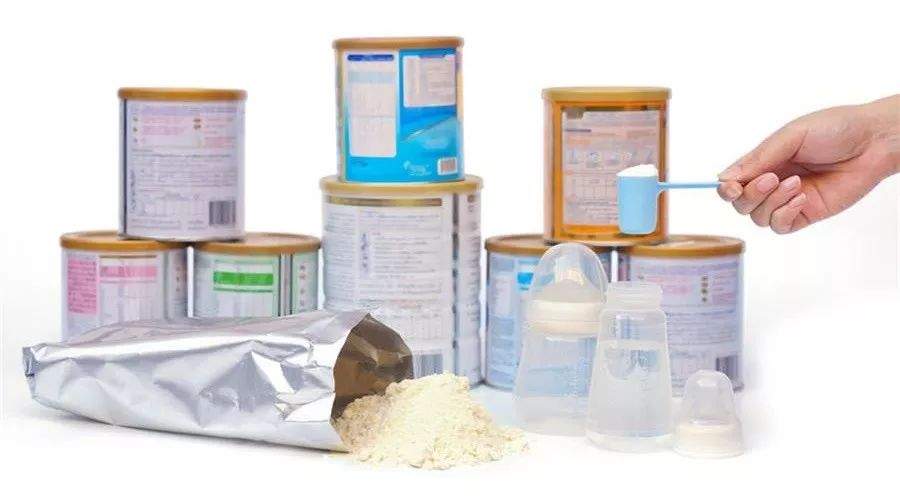After giving birth to the baby, the mother seemed to turn into a superwoman overnight. Which is not a big problem for the baby to eat, drink, pull, scatter and sleep?
Among them, the most troublesome thing for mother is eating.
In reality, for many reasons, mothers cannot fully breast-feed. When breast milk cannot fully meet the needs of the baby, milk powder becomes the main food for the baby within one year old.
How to choose milk powder? How to brew milk powder? What if the baby feels unwell during milk powder feeding?
Today, we will talk about the 8 truths about milk powder that are most common and that mothers are most concerned about.
Milk powder brewing
1. Is milk powder washed with 40 ℃ or 70 ℃ water?
Either way.
Both kinds of water temperatures are very safe, and there is not much difference in the retention of nutrients. Mother can adjust the water temperature according to the milk powder can.
In addition, should also be combined with the actual situation of flexible changes. If it is instant drinking, it is better to brew with 40 ℃ water. If you plan to drink after a while, it is more appropriate to brew with 70 ℃ water. However, it should be noted that milk powder added with probiotics can only be washed with 40 ℃ water.

2. Is it better to use what water for milk powder?
Tap water boils and cools, which saves money and is simple.
Think it’s too troublesome to wait for boiling water to cool? Cold white boiling water and boiling water are mixed into yin and yang water, and milk powder can also be washed completely.
Parents who are not satisfied with the quality of tap water can also choose purified water or filtered water.
Mineral water is not necessary. Because of the high mineral content, it may increase the kidney burden for babies under 1 year old.
Milk powder feeding
1. Why does the baby flatulence after eating milk powder?
It may be that the milk powder is shaking too much.
When brewing milk powder, shaking the bottle violently will produce milk bubbles. When the baby swallows milk containing air while drinking milk, it is easy to produce flatulence.
When washing milk, shake the bottle body slightly to fully dissolve the milk powder, or let it stand for a little before eating. If the baby is especially prone to flatulence, you can choose an anti-flatulence bottle.

2. What about baby allergy after drinking ordinary formula milk powder?
For babies with poor gastrointestinal function or allergic constitution after birth, moderate hydrolysis formula milk powder can be selected.
This kind of milk powder hydrolyzes the macromolecular protein of ordinary milk powder into smaller molecules, which can prevent baby protein allergy or relieve slight protein dyspepsia.
However, for babies with confirmed or severe milk protein allergy, deep hydrolyzed milk powder or amino acid formula milk powder should be replaced under the doctor’s diagnosis and advice.
Milk powder selection
1. Is it excessive preservative that milk powder has such a long shelf life?
The process of milk powder production and packaging is commercially aseptic, and the moisture content of dry powder is extremely low. The unopened milk powder is in a vacuum environment, which can effectively inhibit the reproduction of bacteria, so it can be stored in a shade away from light for a long time.
However, milk powder is easily affected by the environment after opening the can. It is recommended to eat it within one month.
2. What is the difference between canned and carton?
Perhaps the biggest difference is that canning is more expensive…

In terms of nutritional value, there is no difference between them. From the perspective of preservation, canned packaging is better than carton packaging.
After the carton milk powder is opened, it is recommended to store it in a sealed container. Babies with small amount of milk powder are recommended to buy small quantities of canned milk powder, and babies with large amount of milk powder can either.
What do you think of the nutritional ingredients of milk powder?
Milk powder contains vitamins and minerals in addition to essential energy-supplying nutrients such as protein, fat and carbohydrate.
Among them, protein is the most abundant component in the human body except water, accounting for 44% of the body. It is the material basis of life and is crucial to the development of babies.
The molecular weight of whey protein in protein is smaller than casein. The ratio of whey protein and casein in milk powder is not less than 6: 4. The ratio of ordinary milk is 8: 2.
Infants and young children do not need extra sugar intake. Generally, milk powder provides energy in the form of whole lactose to avoid adding sucrose.
In addition, the general formula milk powder will also add fatty acids DHA and ARA necessary for human body, which cannot be synthesized by human body itself and need to be obtained from breast milk or formula milk.
ARA contributes to the absorption of DHA and plays an important role in promoting the development of intelligence and vision in infants.
